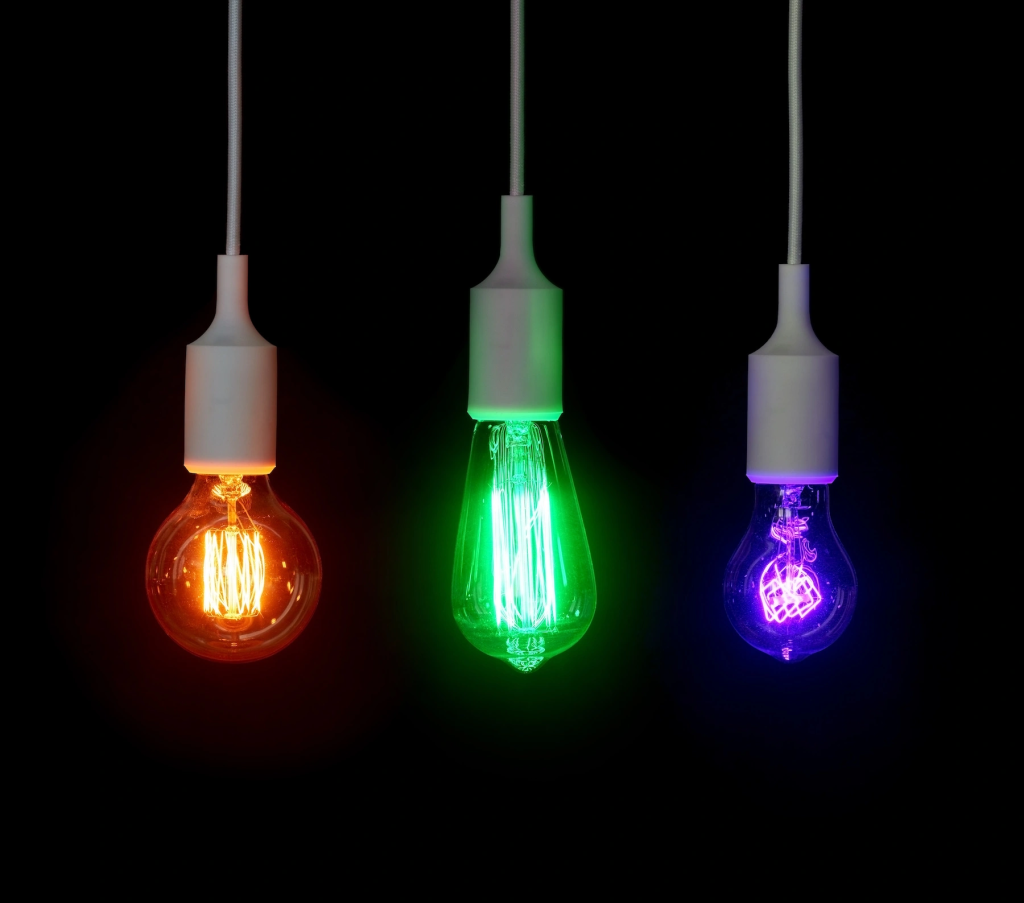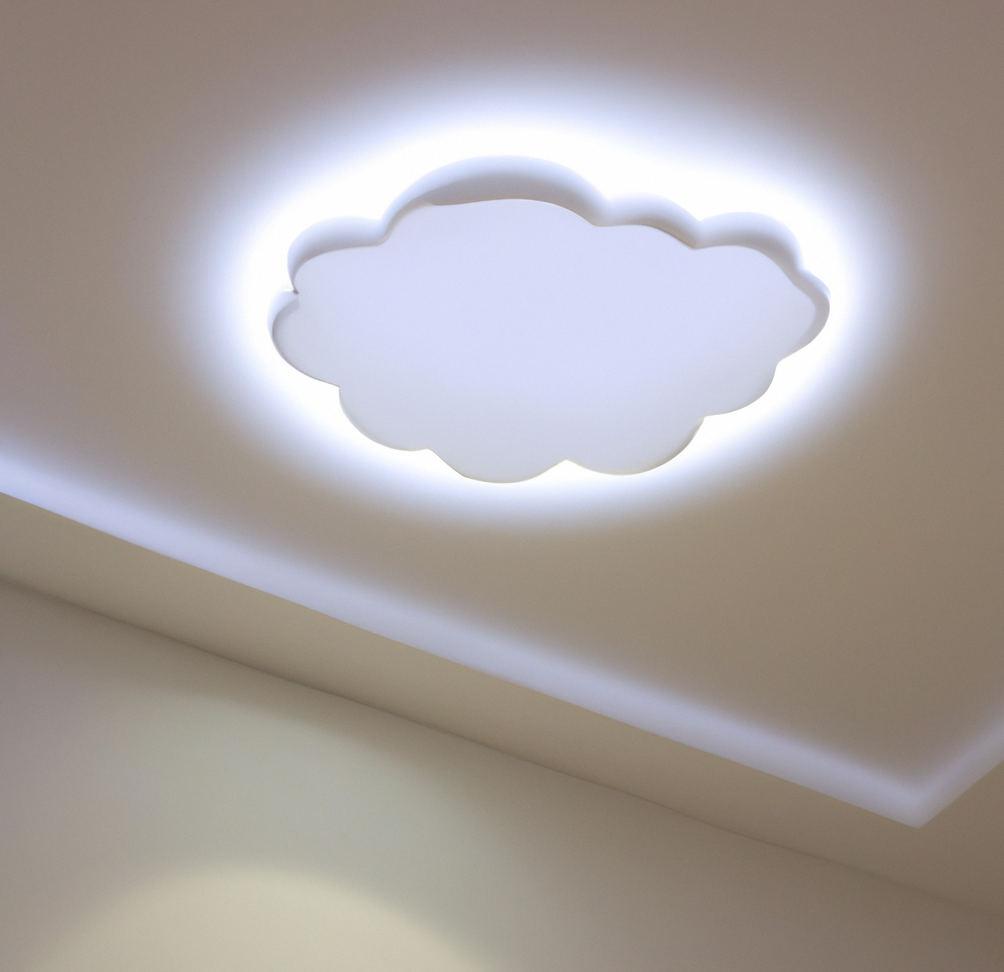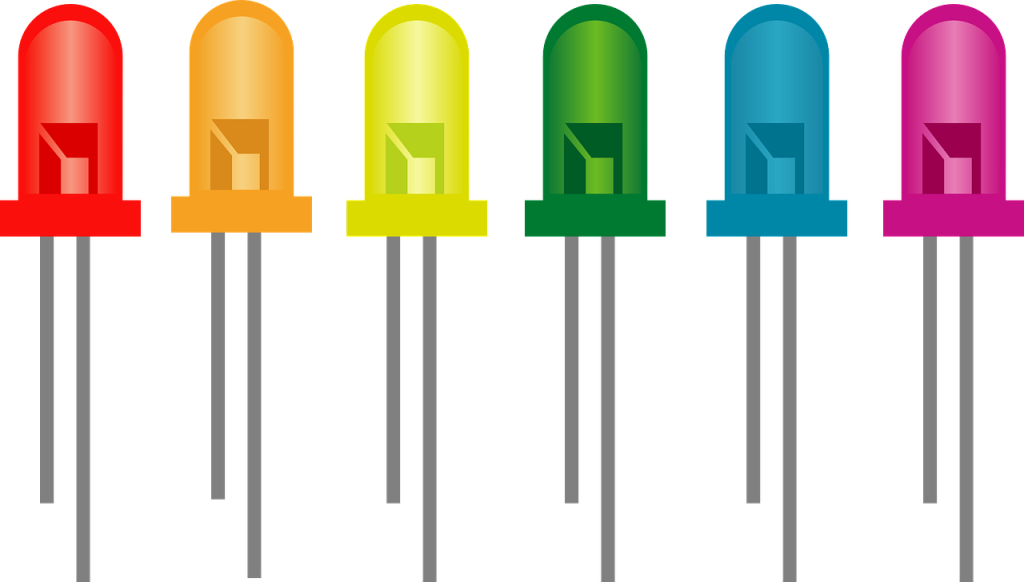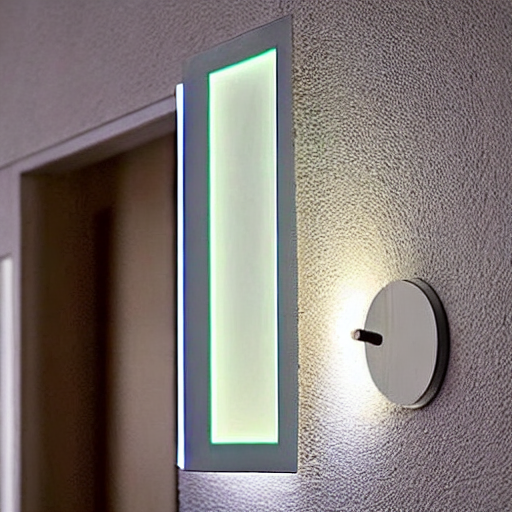- Introduction to Colored light bulbs
- How to Choose the Right Colored Light Bulbs
- Tips for Using Colored Light Bulbs
- DIY Ideas for Colored Light Bulbs
- Conclusion: The Benefits and Possibilities of Colored Light Bulbs
- FAQs about colored light bulbs
- Introduction to Colored light bulbs
- How to Choose the Right Colored Light Bulbs
- Tips for Using Colored Light Bulbs
- DIY Ideas for Colored Light Bulbs
- Conclusion: The Benefits and Possibilities of Colored Light Bulbs
- FAQs about colored light bulbs
Introduction to Colored light bulbs
Colored light bulbs are a fun and easy way to add a pop of color to your home. Whether you’re looking to create a cozy atmosphere or make a bold statement, colored light bulbs are a simple and affordable way to transform any space. In this DIY guide, we’ll explore the different types of colored light bulbs available, how to choose the right ones for your home, and some tips for using them to create a dynamic effect. We’ll also share some creative ideas for incorporating colored light bulbs into your home decor.
There are many benefits to using colored light bulbs in your home. Not only do they add a touch of personality and style, but they can also be used to create different moods and atmospheres. For example, warm, yellow tones can create a cozy, relaxed vibe, while cool, blue tones can create a more energizing atmosphere. Colored light bulbs are also a great way to highlight artwork or other focal points in a room.
In this DIY guide, we’ll explore all of these options and provide some tips and ideas for using colored light bulbs to add a pop of color to your home. Whether you’re looking to create a cohesive color scheme or just want to add a little personality to a room, colored light bulbs are a simple and affordable way to make a big impact.
How to Choose the Right Colored Light Bulbs

When it comes to choosing the right colored light bulbs for your home, there are a few key factors to consider. The first is the color temperature and brightness. As mentioned in the introduction, the color temperature of a light bulb can have a significant impact on the atmosphere of a room. Warm white light bulbs have a softer, more inviting glow, while cool white light bulbs have a brighter, more energetic feel. It’s important to choose a color temperature that matches the overall feel of the room and the tasks you’ll be using the light bulb for. For example, a warm white light bulb may be more suitable for a bedroom or living room, while a cool white light bulb may be better for a kitchen or home office.
Brightness
The brightness of the light bulb is also important, as you’ll want to ensure that it provides enough light for the space. This is especially important in areas where you’ll be performing tasks that require good lighting, such as cooking or reading. It’s also worth considering the wattage of the light bulb, as higher wattage bulbs will be brighter and may use more energy.
Size and shape
In addition to the color temperature and brightness, you’ll also want to consider the size and shape of the light bulb. It’s important to choose a light bulb that fits the fixtures in your home. For example, if you have a standard lamp with a medium base, you’ll want to choose a light bulb with a medium base. If you have a pendant light with a candelabra base, you’ll want to choose a light bulb with a candelabra base.
Type of light bulb
Finally, you’ll want to decide on the type of colored light bulb that’s best for your needs. LED light bulbs are energy-efficient and have a longer lifespan than other types, making them a popular choice for colored light bulbs. Incandescent light bulbs are a traditional choice and offer a warm, cozy glow, but they are not as energy-efficient as LED light bulbs. Halogen light bulbs are similar to incandescent light bulbs, but they are even brighter and have a longer lifespan. It’s important to consider the pros and cons of each type of light bulb to determine which is the best fit for your needs.
In summary, choosing the right colored light bulbs for your home involves considering the color temperature and brightness, the size and shape of the light bulb, and the type of light bulb. By taking the time to carefully consider these factors, you can choose colored light bulbs that not only add a pop of color to your home, but also provide the right amount of light for your needs.
Tips for Using Colored Light Bulbs
Once you’ve chosen the right colored light bulbs for your home, it’s time to start incorporating them into your decor. Here are a few tips for using colored light bulbs to create a dynamic effect:
Mix and match different colors for a cohesive look
Instead of using just one color of light bulb, consider mixing and matching different shades to create a cohesive look. For example, you might use a warm yellow light bulb in the living room and a cool blue light bulb in the bedroom. This will create a cohesive color scheme throughout the house and add a touch of personality to each room.
Use colored light bulbs to create a mood or atmosphere
Colored light bulbs are a great way to set the mood in a room. For example, warm yellow tones can create a cozy, relaxed vibe, while cool blue tones can create a more energizing atmosphere. You can use colored light bulbs to enhance the mood of a room or create a specific atmosphere, such as a romantic ambiance or a party atmosphere.
Experiment with different light bulb placements
The placement of your light bulbs can have a big impact on the overall look and feel of a room. Consider experimenting with different placements to see how the colored light bulbs affect the atmosphere. For example, you might try placing a colored light bulb behind a piece of artwork to highlight it, or using colored light bulbs in a chandelier or pendant light to make a statement.
By following these tips, you can use colored light bulbs to create a dynamic and cohesive look throughout your home. Whether you’re looking to create a specific mood or just want to add a touch of personality, colored light bulbs are a simple and affordable way to make a big impact.
DIY Ideas for Colored Light Bulbs
If you’re looking for some creative ways to incorporate colored light bulbs into your home decor, here are a few DIY ideas to get you started:
- Create a gradient effect by using different shades of a single color: One way to create a cohesive look is to use different shades of a single color throughout your home. For example, you might use a warm yellow light bulb in the living room, a softer amber light bulb in the bedroom, and a cool white light bulb in the kitchen. This will create a gradient effect and add a touch of personality to each room.
- Use colored light bulbs to highlight artwork or other focal points: Colored light bulbs are a great way to highlight artwork or other focal points in a room. For example, you might place a colored light bulb behind a piece of artwork to draw attention to it, or use colored light bulbs in a pendant light to highlight a specific area of the room.
- Make a statement with colorful light bulbs in a chandelier or pendant light: If you have a chandelier or pendant light in a room, consider using colorful light bulbs to make a statement. This is a great way to add a pop of color to a room and draw attention to the light fixture.
With a little creativity and experimentation, you can use colored light bulbs to add personality and style to any room in your home. Whether you’re looking to create a cohesive color scheme or just want to make a bold statement, colored light bulbs are a simple and affordable way to make a big impact.
Conclusion: The Benefits and Possibilities of Colored Light Bulbs
In conclusion, colored light bulbs are a simple and affordable way to add personality and style to your home. Whether you’re looking to create a cozy atmosphere or make a bold statement, colored light bulbs are a versatile and easy way to transform any space. By considering the color temperature, brightness, size and shape, and type of light bulb, you can choose the right colored light bulbs for your needs. And by following some basic tips and getting creative with your light bulb placements, you can use colored light bulbs to create a dynamic and cohesive look throughout your home. So don’t be afraid to experiment and have fun with colored light bulbs – they’re an easy and affordable way to add a pop of color to your home.
FAQs about colored light bulbs
Colored light bulbs can add a pop of color and personality to any room, and can also be used to create different moods and atmospheres. They are a simple and affordable way to transform the look and feel of a space.
When choosing colored light bulbs, consider the color temperature and brightness, the size and shape of the light bulb, and the type of light bulb (such as LED, incandescent, or halogen). It’s also important to consider the overall feel of the room and the tasks you’ll be using the light bulb for.
Yes, mixing and matching different colors of light bulbs is a great way to create a cohesive look and add personality to a room. You can experiment with different shades of a single color, or mix and match different colors for a dynamic effect.
Colored light bulbs are a great way to set the mood in a room. Warm, yellow tones can create a cozy, relaxed vibe, while cool, blue tones can create a more energizing atmosphere. Experiment with different colors to find the right mood for each room in your home.
Some types of colored light bulbs, such as LED and halogen, are more energy-efficient than others. It’s worth considering the energy efficiency of the light bulbs you choose, especially if you plan to use them frequently.











